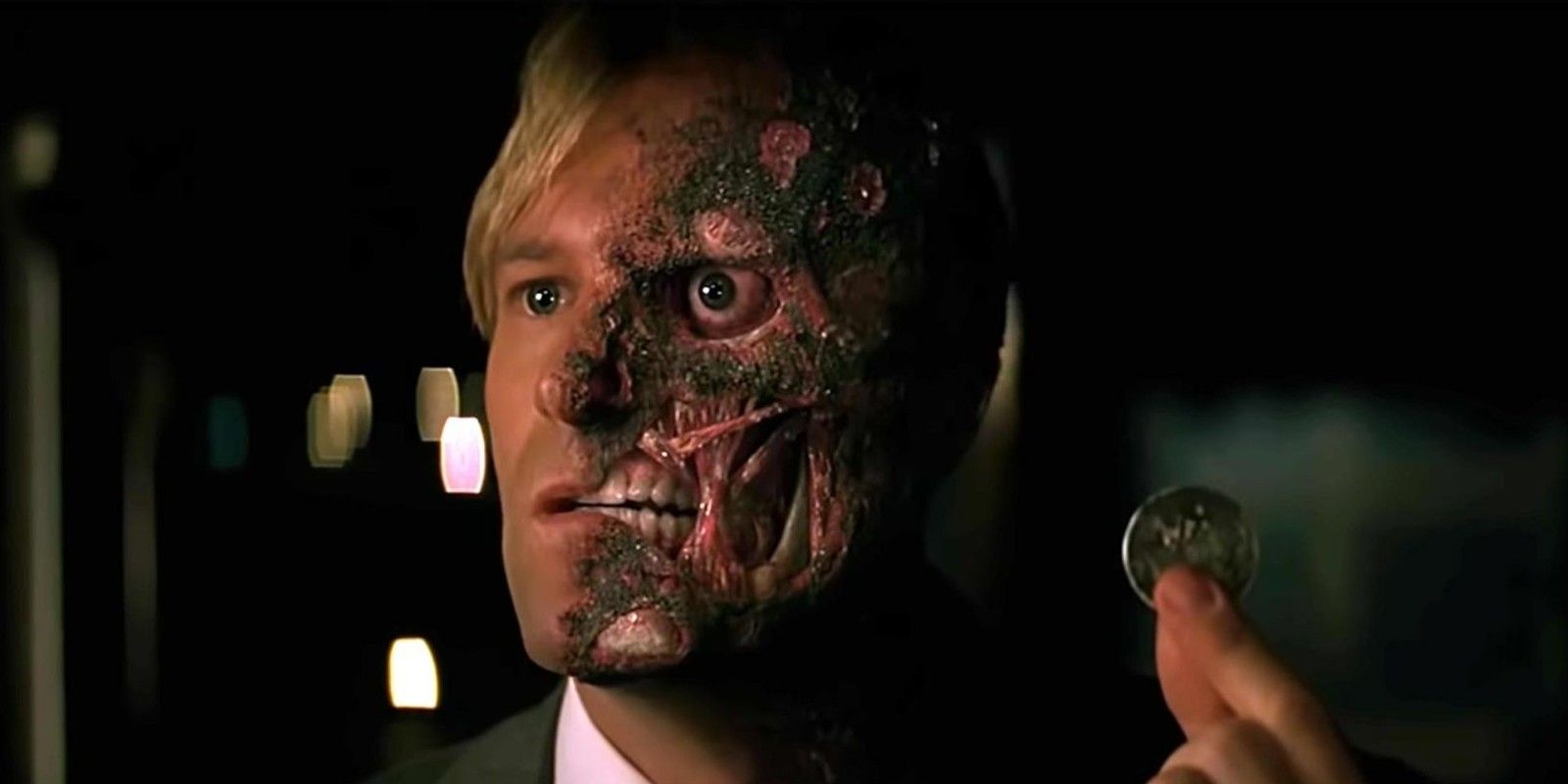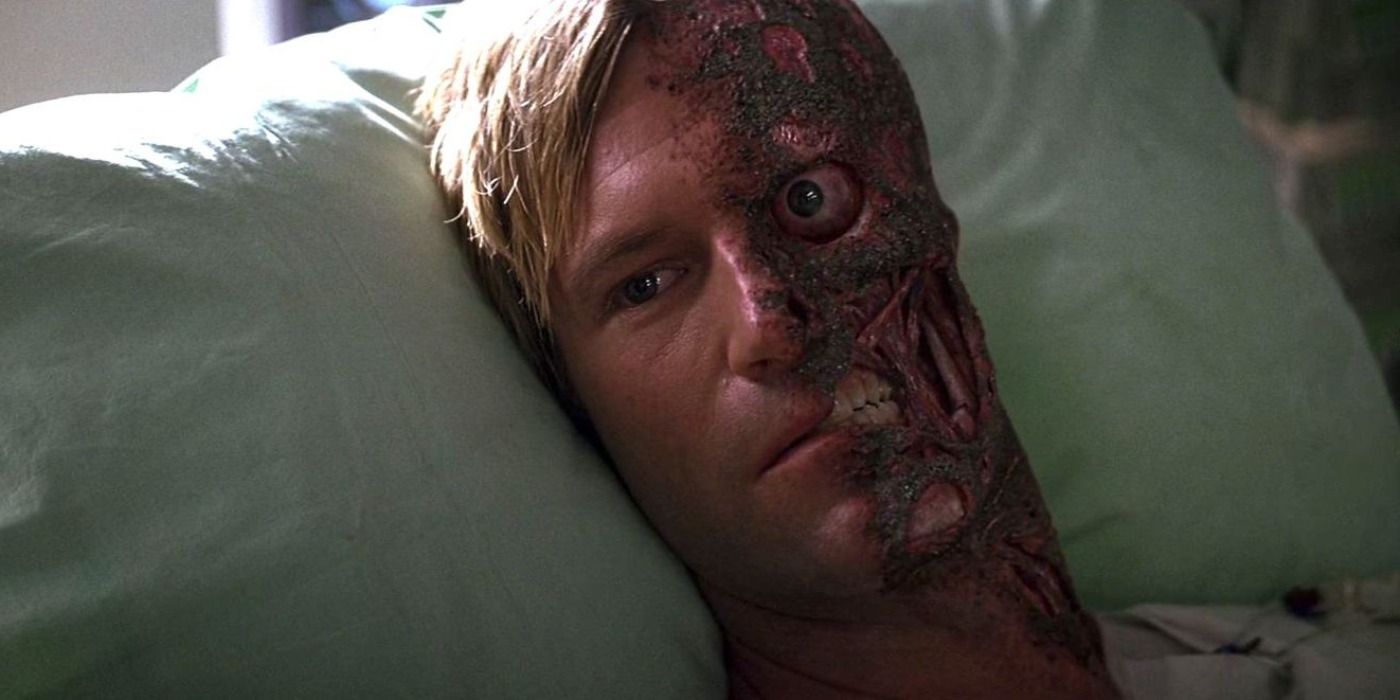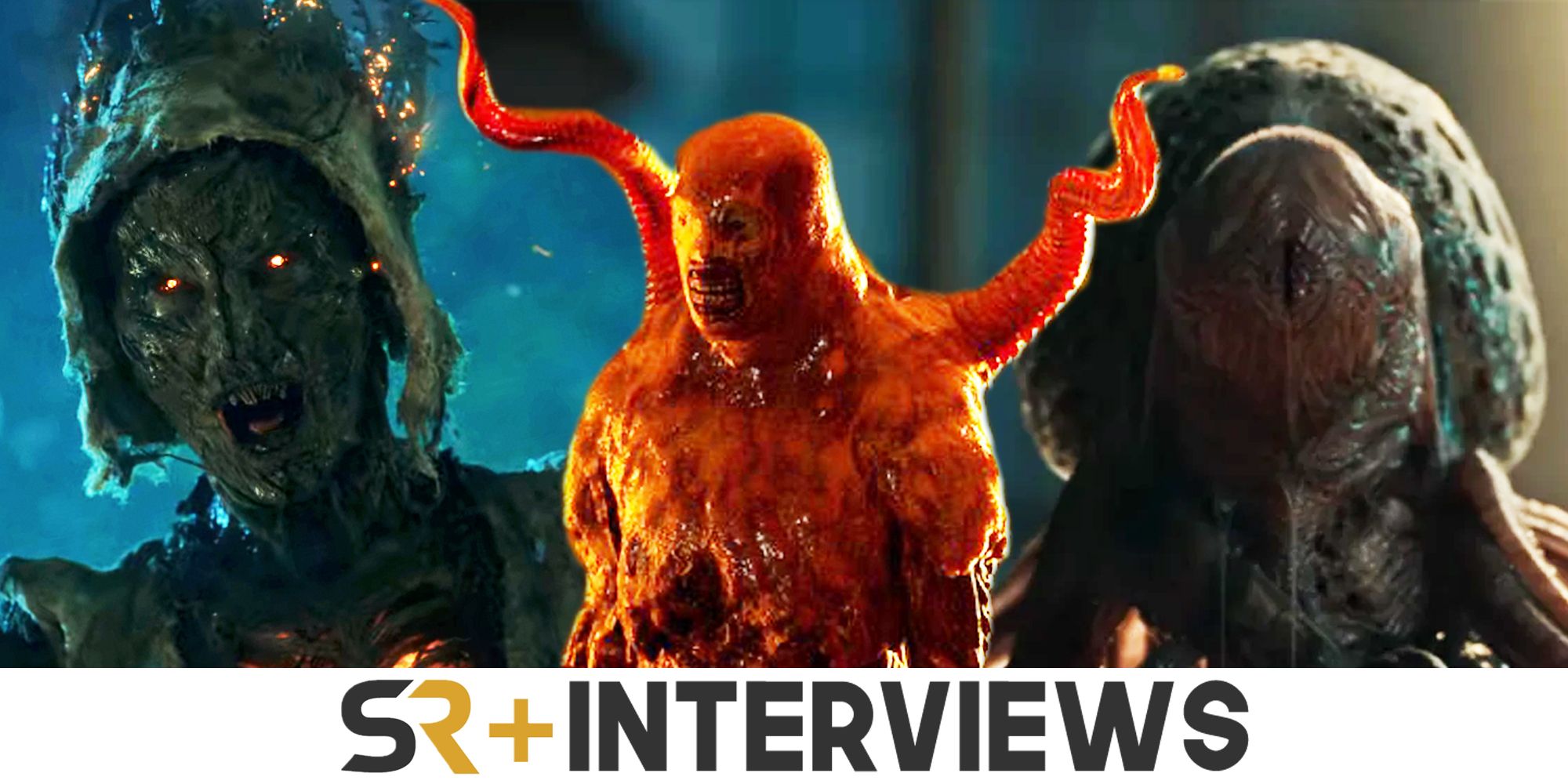
Uncovering the Mind of a VFX Artist: The Secrets Behind Harvey Dent's Infamous Face in The Dark Knight

Discover how the iconic look of Harvey Dent's disfigured face in The Dark Knight was brought to life through expert VFX work and a departure from Christopher Nolan's usual visual style
An artist responsible for the visual effects in The Dark Knight sheds light on the iconic look of Harvey Dent's alter-ego, Two-Face, and explains why director Christopher Nolan deviated from his usual style. Aaron Eckhart portrays the character, who is the former district attorney of Gotham City. Unlike previous portrayals of the role, Dent's character in The Dark Knight is less flamboyant, giving Two-Face a unique twist. The Corridor Crew recently hosted the VFX artist to discuss the creation of Eckhart's memorable Two-Face appearance.
The team clarified that achieving Two-Face's disfigured appearance required the use of CGI due to the subtractive nature of the technology. Prosthetic makeup, being additive, would have added layers to the face, whereas CGI allowed for the removal of elements in a way that prosthetics could not. Although Nolan is known for his dedication to realism, he opted for a less realistic approach with Two-Face's look.
Why Harvey Dent’s Face Worked in The Dark Knight
The process behind rendering Harvey Dent's eye in The Dark Knight was explained by the Corridor Crew. Despite Aaron Eckhart having a real eye, the VFX team had to remove most or all of it using motion capture technology. However, they tried to preserve certain aspects such as Eckhart's actual pupil whenever possible. The end result was a bug-like protruding eye that added to the character's menacing appearance.
In The Dark Knight, Harvey Dent's transformation into Two-Face is a tragic story that portrays him more as a hero than a villain. Although his deformed side may not appear entirely realistic, it still presents a disturbing image that aligns with the brutality of his fall. The Joker's forced conversion of Dent into Two-Face adds to the gruesome depiction, without resorting to excessive violence. This portrayal of Two-Face is a significant departure from previous versions of the character, such as Tommy Lee Jones' iteration in Batman Forever, which drew inspiration from Jack Nicholson's Joker. Nolan's Dark Knight trilogy stands out for its unique take on Batman and his allies and adversaries, as demonstrated by the striking visual effects and character development of Two-Face.
Source: Corridor Crew














